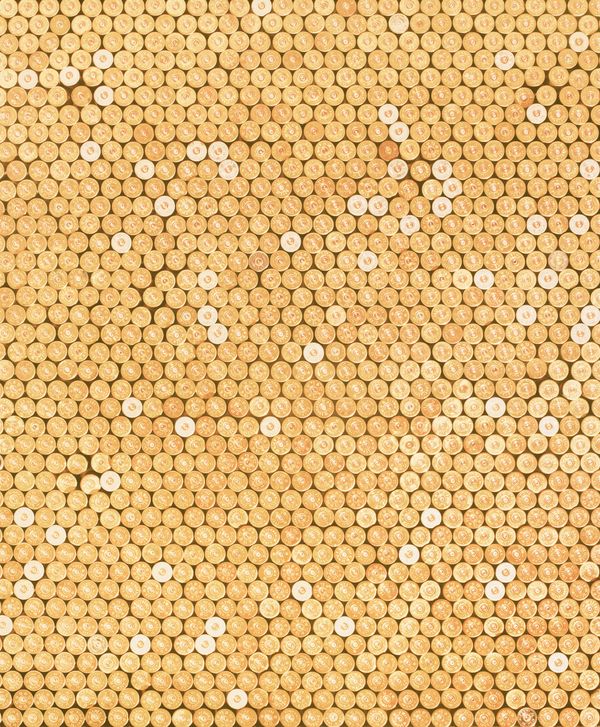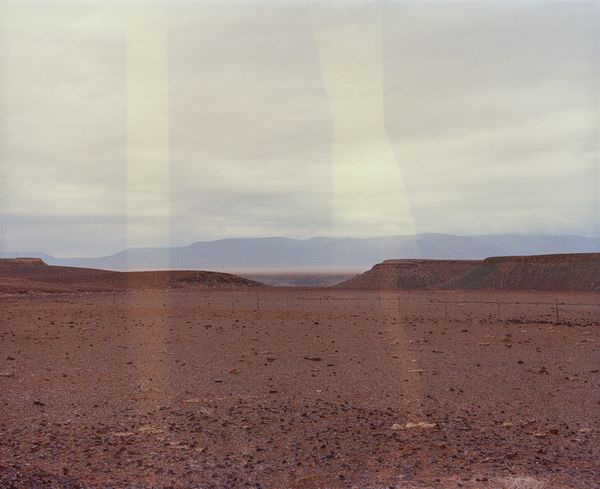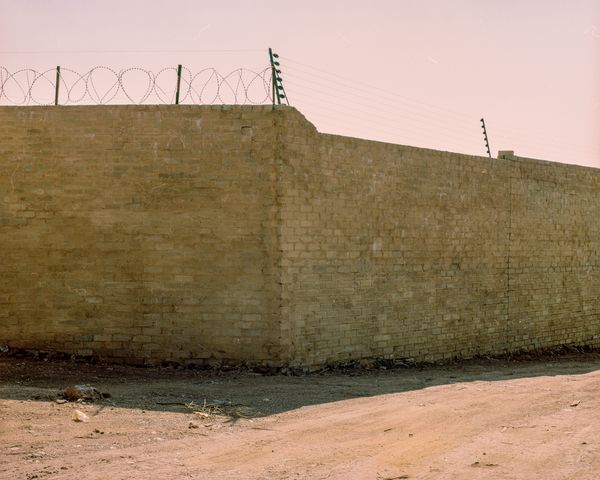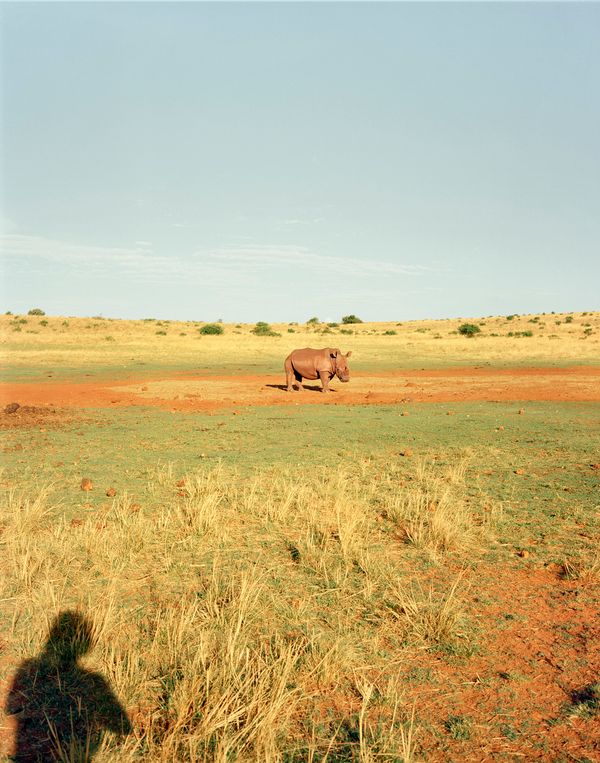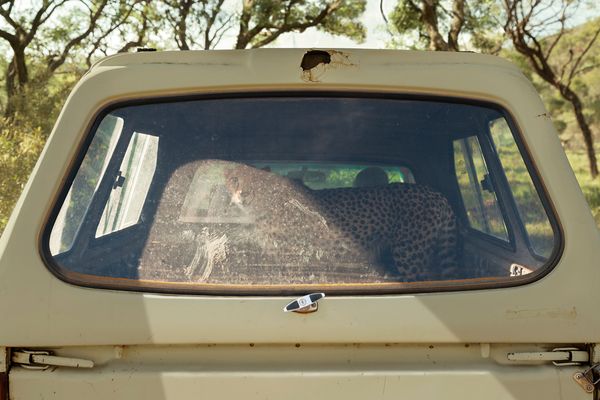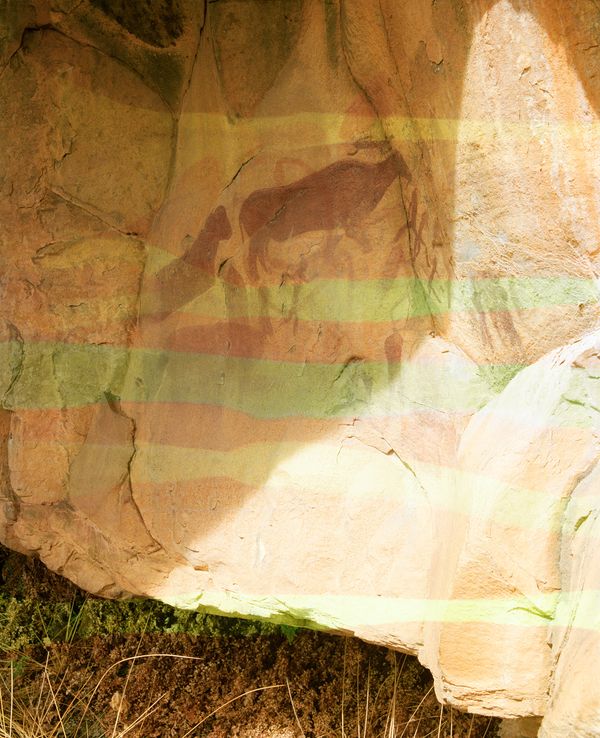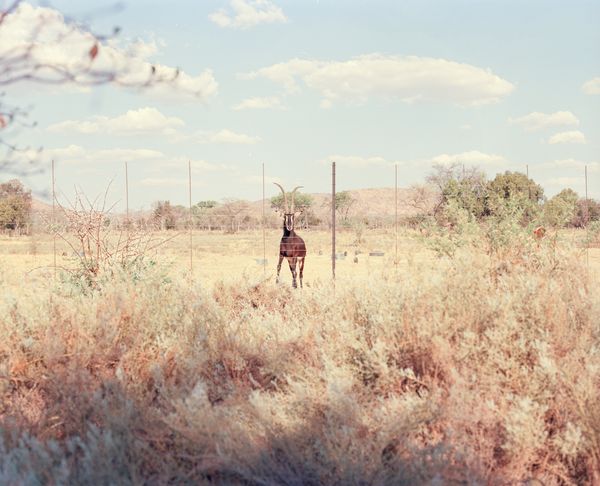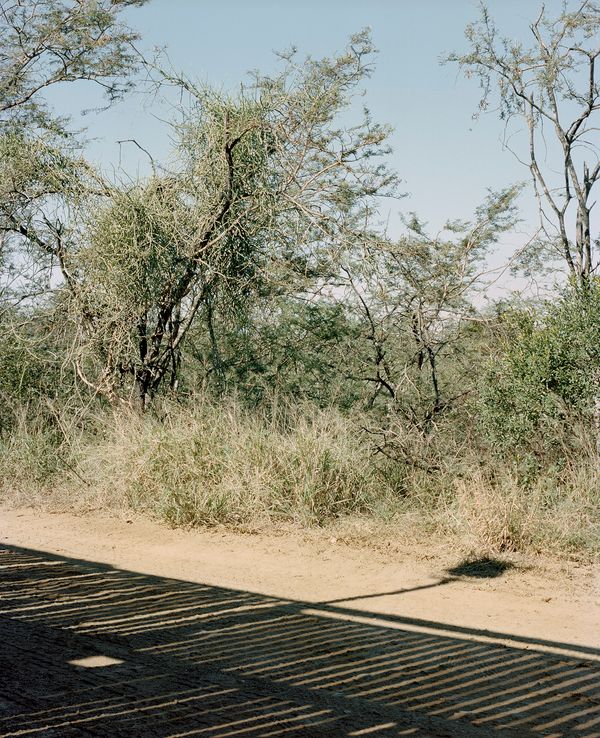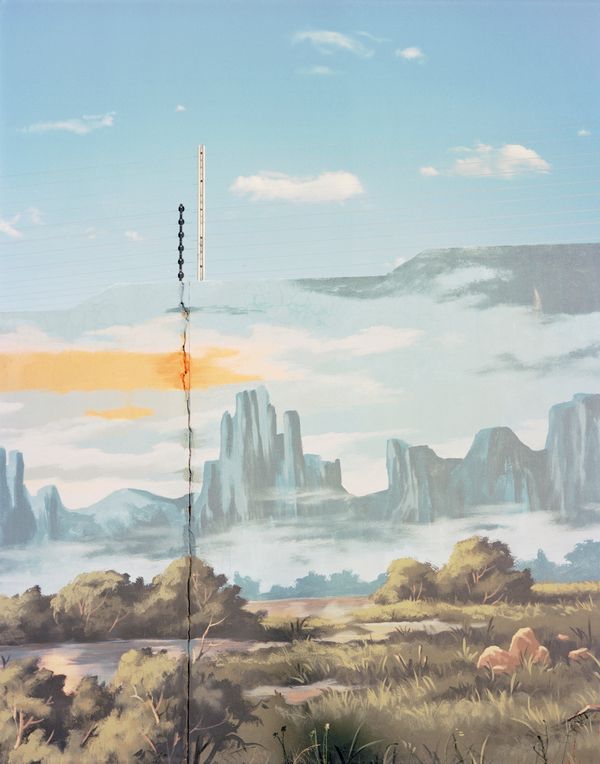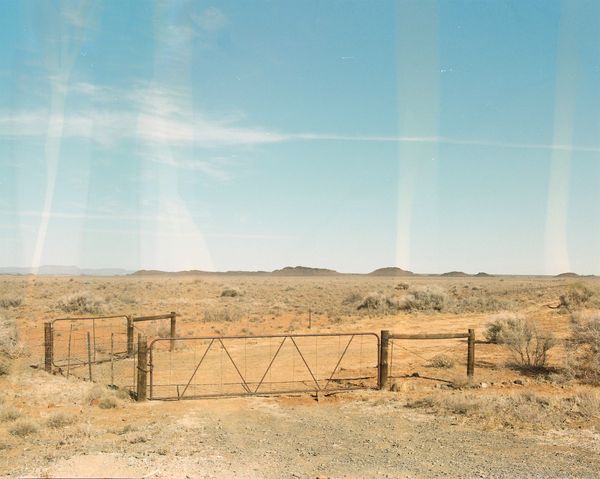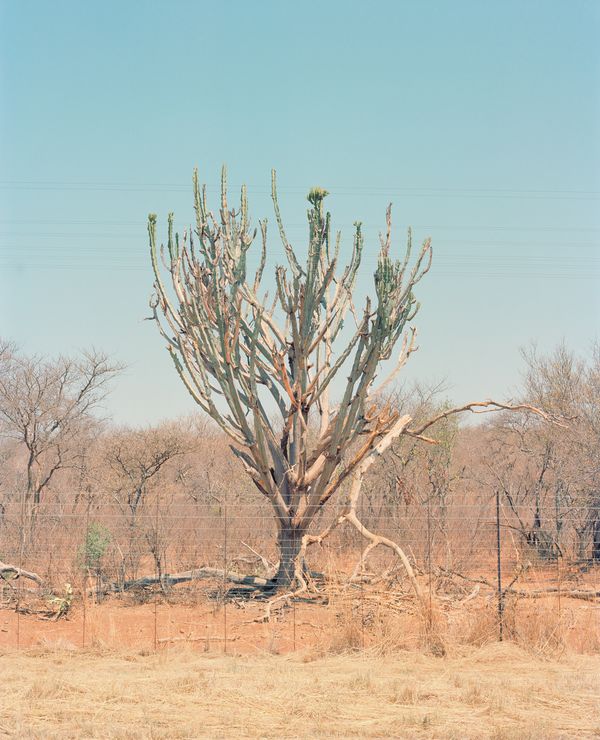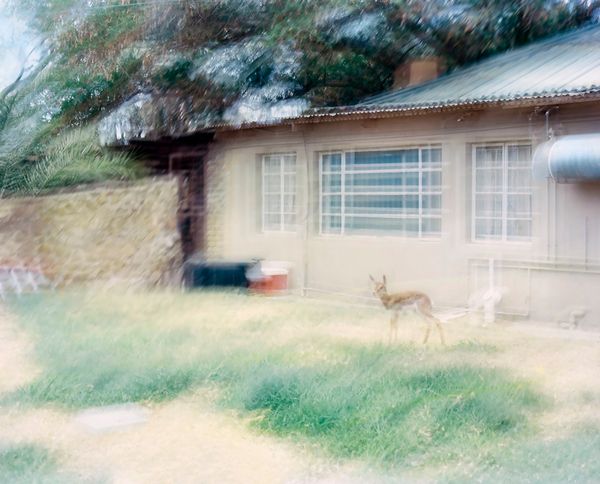A Vast Machine
-
Dates2017 - Ongoing
-
Author
- Location South Africa, South Africa
Nature imagery surrounds us. Especially now, in the midst of climate crisis, we are haunted by pictures of images environments. Many of us want to believe that there is nature out there. But nature, as we knew it, has gone. e, mark
During the modern era, the environment has been seen as a vast machine. Since Descartes separated body and soul, nature was reduced to a soulless thing to be exploited. As the current crisis unfolds, the image of nature built by capitalism goes out of focus. The environmental transformations set in motion in the last centuries will unfold for millennia. As Donna Haraway pointed out, we can only coexist with an impoverished world.
South Africa is one of the most biodiverse countries in the world and a large part of its economy is based on ecotourism. However, ecotourism depends on the tourists’ gaze. They visit the country with expectations derived from stereotyped aesthetics. And South African nature must adhere to such collective imagery in order to survive.
In fact, South Africa developed a conservation method that preserves the environment turning it into an asset. Called conservation by utilization, this strategy invests the income from ecotourism and its connected activities back into nature. The price to pay is a heavy human intervention that creates a kind of assisted nature.
However, this industry lies on a fragile substratum: South Africa economical, social and political situation is worsening. In 2019 the nation run short of electric energy. The government planned local blackouts, several times a week. They affected all the country, including the lab where we developed the film. The result was that many of our films were stained or corrupted. A Vast Machine is a series of photographs, many of which irreparably ruined. However, they are invaluable, showing us the tight link between the intimate connection between our image of nature and capitalism’s long history of segregation, exploitation and depletion.

